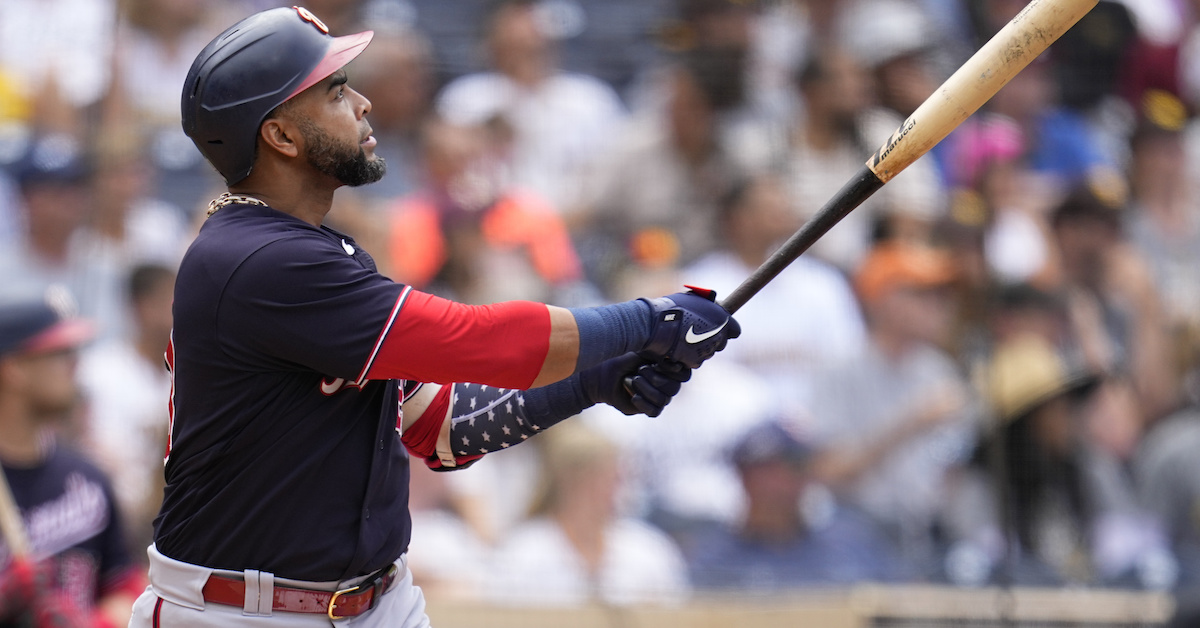Who Got Lucky in the Outfield?

You might want to buckle up. This is an article about small sample sizes, so there’s a statistically significant chance that things are about to get rowdy. It was supposed to be an article about which outfielders are better or worse than you’d expect them to be based on their sprint speed.
Just for fun, here’s the chart I started with. I turned Outs Above Average into a rate stat I’ll call OAA/150. It’s a player’s OAA per 1,350 innings, or 150 games. (I tried several other metrics, dividing by chances instead of innings, and working with UZR and DRS range metrics. This worked best for my purposes.) The sample is 544 outfielder seasons in which the fielder had at least 50 chances on balls with a catch probability below 96% (hereafter known as starred chances). I’ve labeled the two players who stood out the most in either direction in 2022.

Daulton Varsho good, Andrew Vaughn catastrophically bad. No surprise there, but I love charts like this, thick at the bottom and thin toward the top. They show how many paths there are to each outcome. Speed is a big component of OAA; the correlation coefficient of the two is 0.54. But outfielders also need to get good jumps, make plays at the wall, and be able to run down balls in all directions. There are lots of different combinations of skills that can land you in the bottom or middle of the chart. To get to the top, you need to be good at all of them. You also need to be lucky. Read the rest of this entry »






